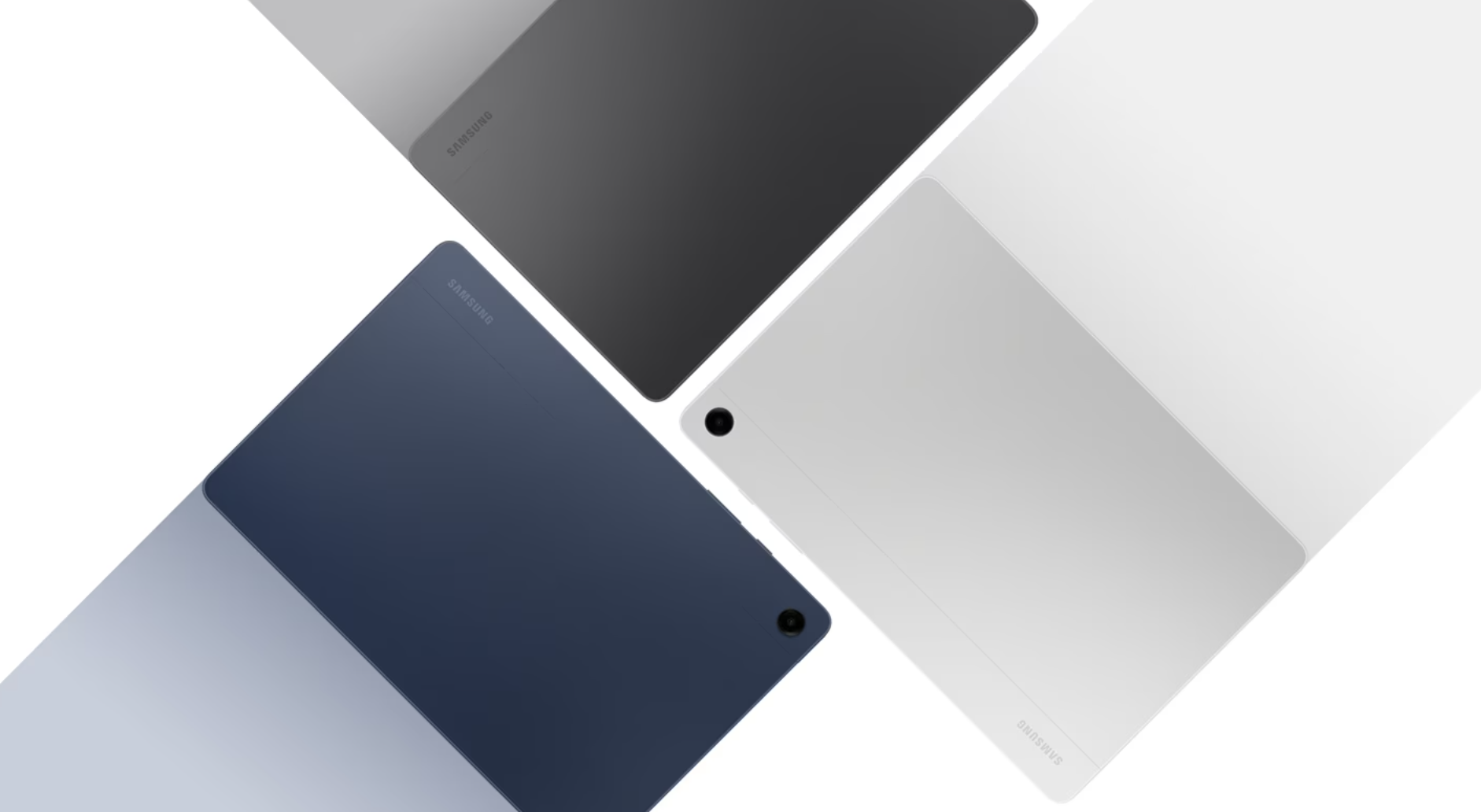Precision Balances and PCB Applications
Introduction In the field of scientific research, pharmaceuticals, and high-precision manufacturing, precision balances are indispensable tools. These scales are used to measure very small quantities, often down to milligrams or even micrograms. Achieving such high levels of precision requires sophisticated technology, and Printed Circuit Boards (PCBs) play a key role in enabling this precision. This article explores the role of PCBs in precision balances, detailing how PCBs ensure accurate measurements, long-term stability, and seamless integration with laboratory management systems. The Role of PCBs in Precision Balances Precision balances are designed to provide extremely accurate weight measurements, which is essential in laboratories and pharmaceutical settings. The PCB in these balances handles data processing from load cells, temperature sensors, and other components. The PCB ensures that small changes in weight are detected and processed with exceptional accuracy. In addition to measuring weight, precision balances often include additional features such as temperature compensation and data logging. These functions are managed by the PCB, which integrates sensors and ensures that environmental changes do not affect the accuracy of the measurements. Key Functions of PCBs in Precision Balances Signal Processing: The PCB receives signals from load cells, which measure the weight of an object. The PCB amplifies and processes these signals, ensuring that even the smallest fluctuations are captured and accurately displayed. Temperature Compensation: Because small environmental changes can significantly affect the readings, PCBs in precision balances incorporate temperature sensors to adjust for these variations, ensuring stable performance. Data Logging: In many professional applications, precision balances are connected to digital systems for data storage. PCBs allow the balance to store weight readings and even send the data to cloud systems for further analysis. Why High-Quality PCBs Are Critical for Precision Balances Precision balances are used in high-stakes applications where even a slight error in weight measurement can lead to serious consequences. Whether in pharmaceutical manufacturing, research labs, or quality control in production lines, accuracy is non-negotiable. To ensure reliable performance, PCBs must be of the highest quality. PCBs with low-noise analog-to-digital converters (ADCs), high precision components, and protective coatings are essential for maintaining performance in sensitive applications. These features ensure that precision balances continue to function correctly over time, even when used in environments with fluctuating temperatures or humidity. Conclusion The integration of PCBs into precision balances is a key factor in ensuring their high level of accuracy and reliability. By managing sensor data, temperature fluctuations, and system communications, PCBs enable precision balances to meet the rigorous standards required in laboratories and pharmaceutical industries. Manufacturers of precision balances can rely on PCBs from leading suppliers to ensure their devices maintain performance and precision over time. For more information about PCBs for precision balances and other laboratory applications, visit https://hilelectronic.com/.

Introduction
In the field of scientific research, pharmaceuticals, and high-precision manufacturing, precision balances are indispensable tools. These scales are used to measure very small quantities, often down to milligrams or even micrograms. Achieving such high levels of precision requires sophisticated technology, and Printed Circuit Boards (PCBs) play a key role in enabling this precision.
This article explores the role of PCBs in precision balances, detailing how PCBs ensure accurate measurements, long-term stability, and seamless integration with laboratory management systems.
The Role of PCBs in Precision Balances
Precision balances are designed to provide extremely accurate weight measurements, which is essential in laboratories and pharmaceutical settings. The PCB in these balances handles data processing from load cells, temperature sensors, and other components. The PCB ensures that small changes in weight are detected and processed with exceptional accuracy.
In addition to measuring weight, precision balances often include additional features such as temperature compensation and data logging. These functions are managed by the PCB, which integrates sensors and ensures that environmental changes do not affect the accuracy of the measurements.
Key Functions of PCBs in Precision Balances
Signal Processing: The PCB receives signals from load cells, which measure the weight of an object. The PCB amplifies and processes these signals, ensuring that even the smallest fluctuations are captured and accurately displayed.
Temperature Compensation: Because small environmental changes can significantly affect the readings, PCBs in precision balances incorporate temperature sensors to adjust for these variations, ensuring stable performance.
Data Logging: In many professional applications, precision balances are connected to digital systems for data storage. PCBs allow the balance to store weight readings and even send the data to cloud systems for further analysis.
Why High-Quality PCBs Are Critical for Precision Balances
Precision balances are used in high-stakes applications where even a slight error in weight measurement can lead to serious consequences. Whether in pharmaceutical manufacturing, research labs, or quality control in production lines, accuracy is non-negotiable. To ensure reliable performance, PCBs must be of the highest quality.
PCBs with low-noise analog-to-digital converters (ADCs), high precision components, and protective coatings are essential for maintaining performance in sensitive applications. These features ensure that precision balances continue to function correctly over time, even when used in environments with fluctuating temperatures or humidity.
Conclusion
The integration of PCBs into precision balances is a key factor in ensuring their high level of accuracy and reliability. By managing sensor data, temperature fluctuations, and system communications, PCBs enable precision balances to meet the rigorous standards required in laboratories and pharmaceutical industries. Manufacturers of precision balances can rely on PCBs from leading suppliers to ensure their devices maintain performance and precision over time.
For more information about PCBs for precision balances and other laboratory applications, visit https://hilelectronic.com/.
















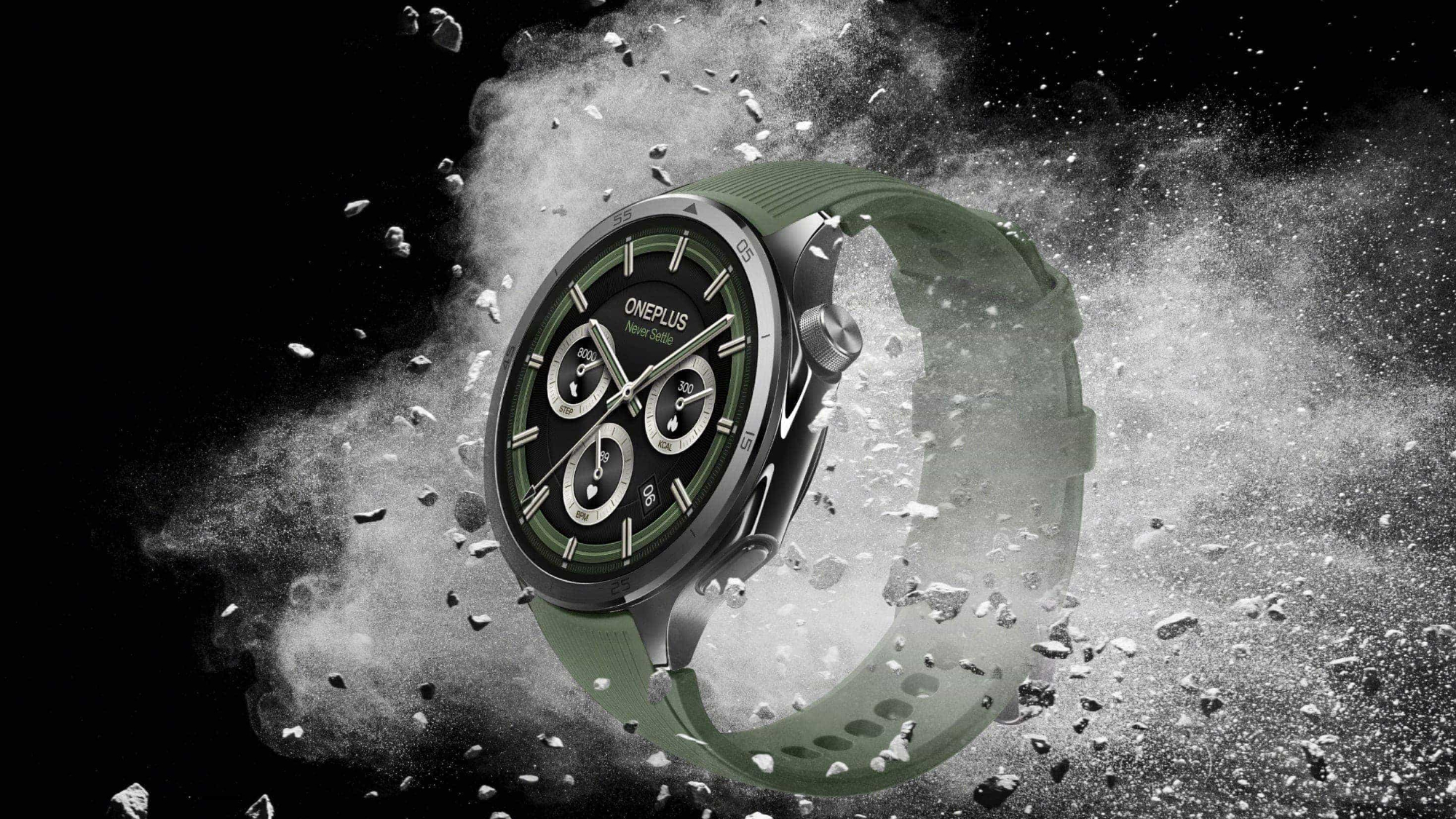

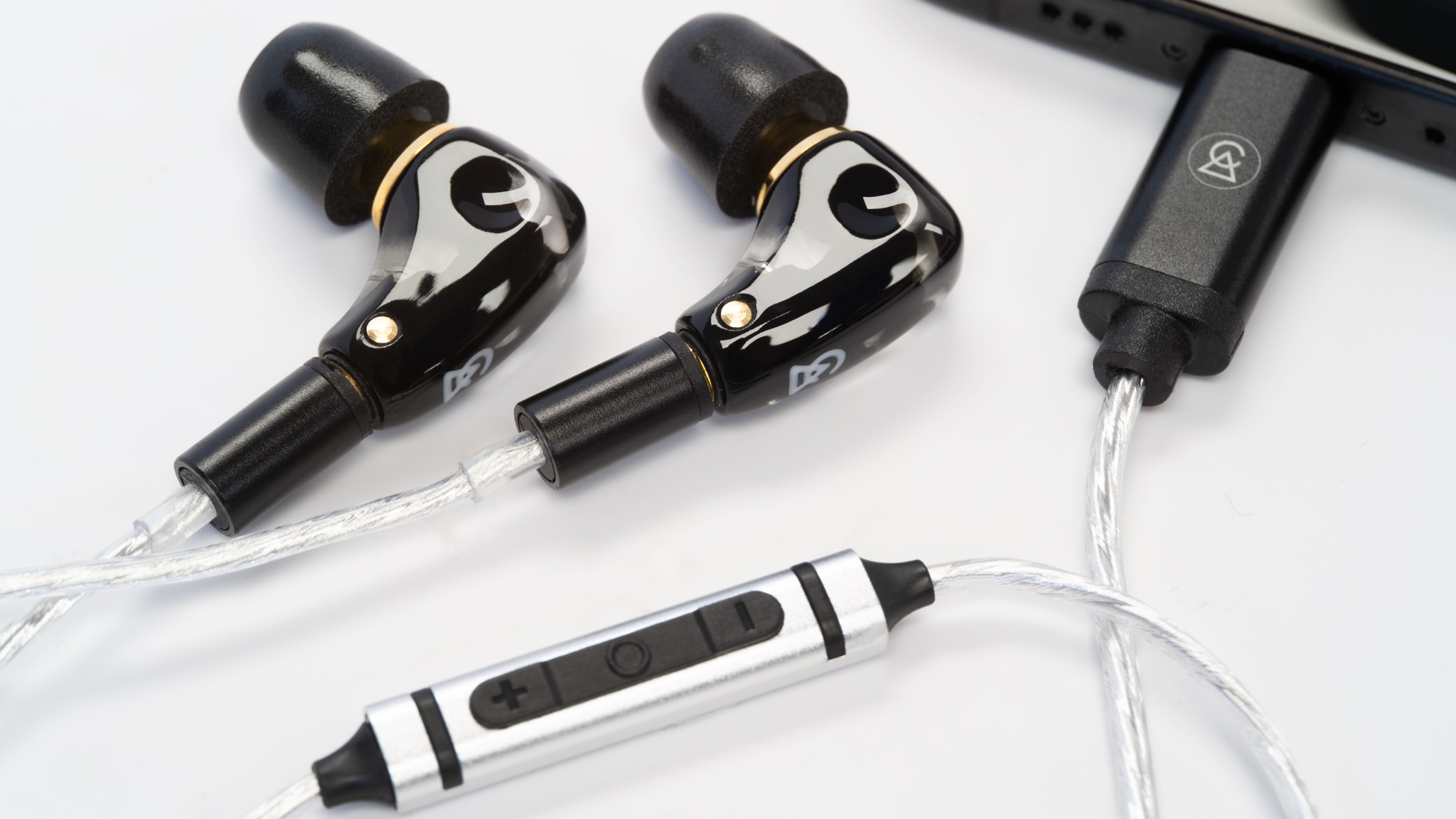






















































































































































![[The AI Show Episode 142]: ChatGPT’s New Image Generator, Studio Ghibli Craze and Backlash, Gemini 2.5, OpenAI Academy, 4o Updates, Vibe Marketing & xAI Acquires X](https://www.marketingaiinstitute.com/hubfs/ep%20142%20cover.png)

















































































































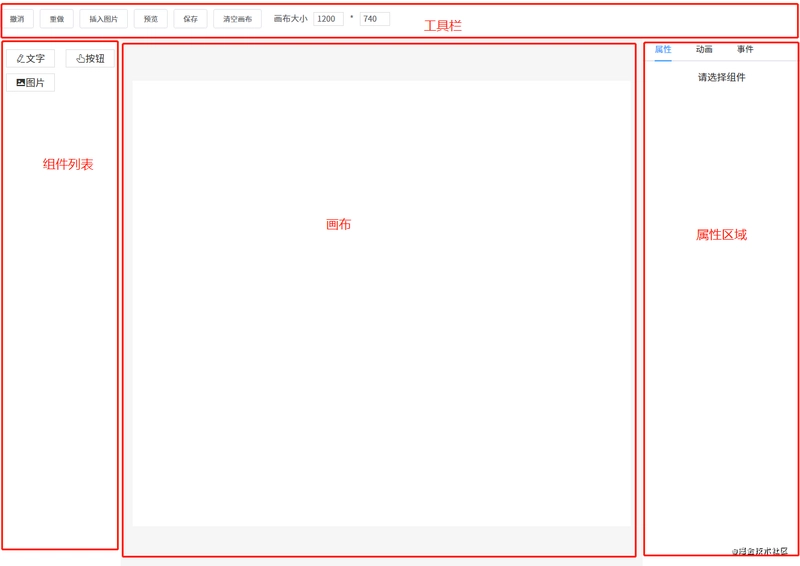












![[DEALS] The Premium Learn to Code Certification Bundle (97% off) & Other Deals Up To 98% Off – Offers End Soon!](https://www.javacodegeeks.com/wp-content/uploads/2012/12/jcg-logo.jpg)
![From drop-out to software architect with Jason Lengstorf [Podcast #167]](https://cdn.hashnode.com/res/hashnode/image/upload/v1743796461357/f3d19cd7-e6f5-4d7c-8bfc-eb974bc8da68.png?#)



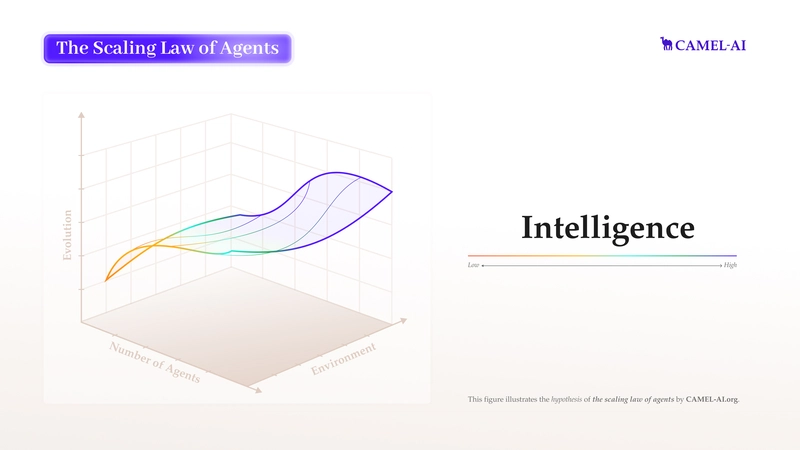




































































































.png?#)





(1).jpg?width=1920&height=1920&fit=bounds&quality=80&format=jpg&auto=webp#)





























_Christophe_Coat_Alamy.jpg?#)
.webp?#)
.webp?#)




































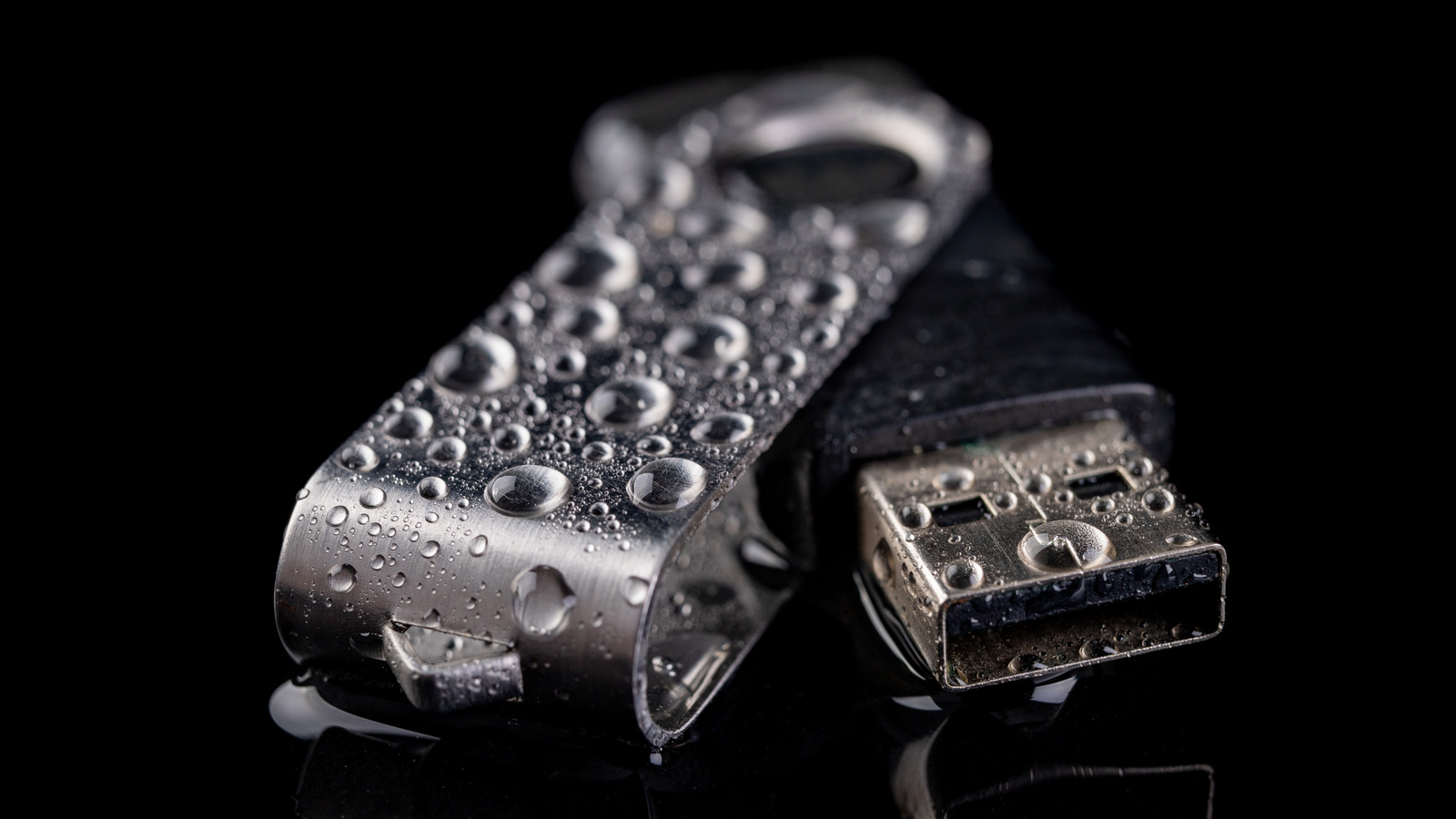
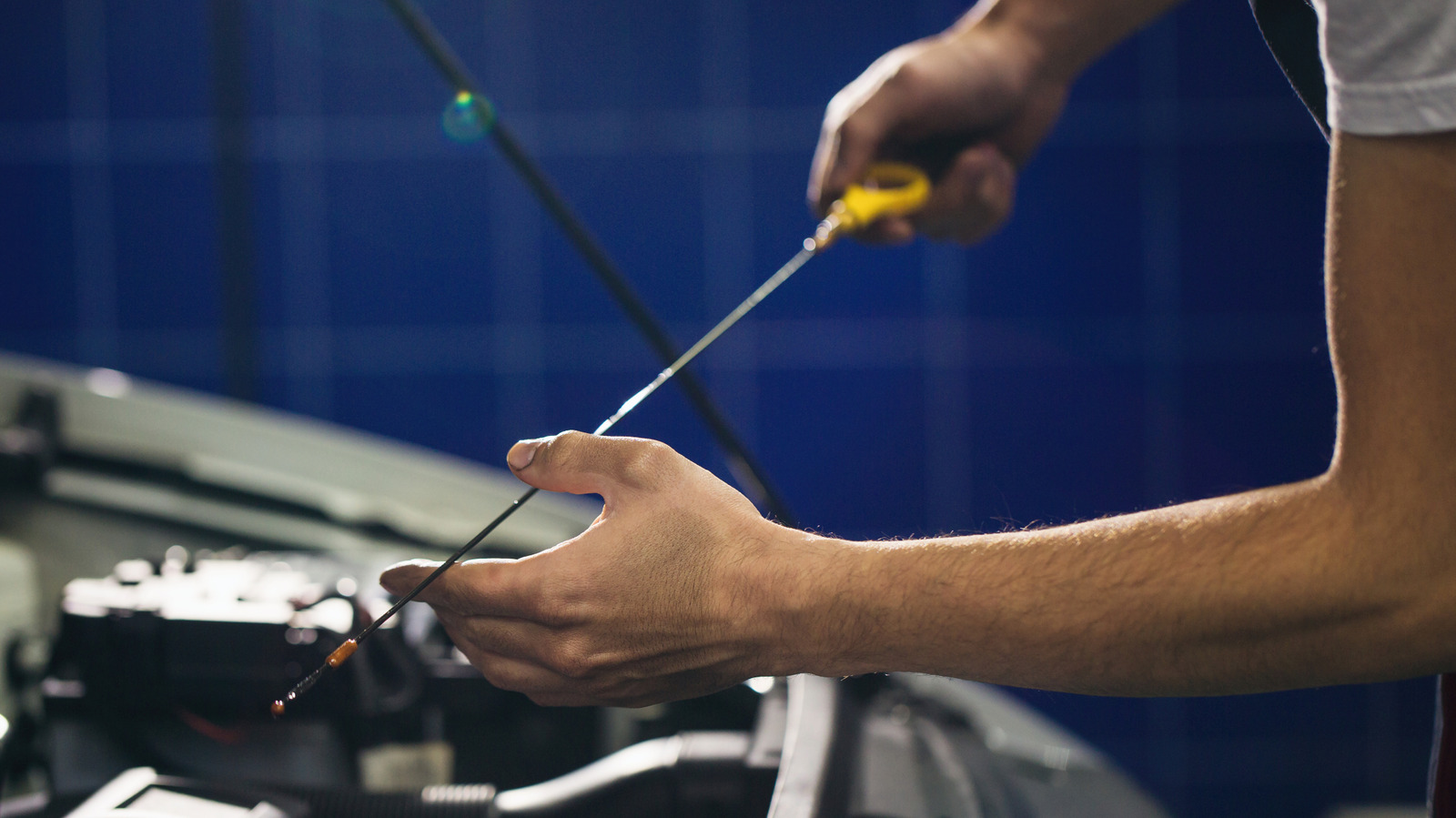















































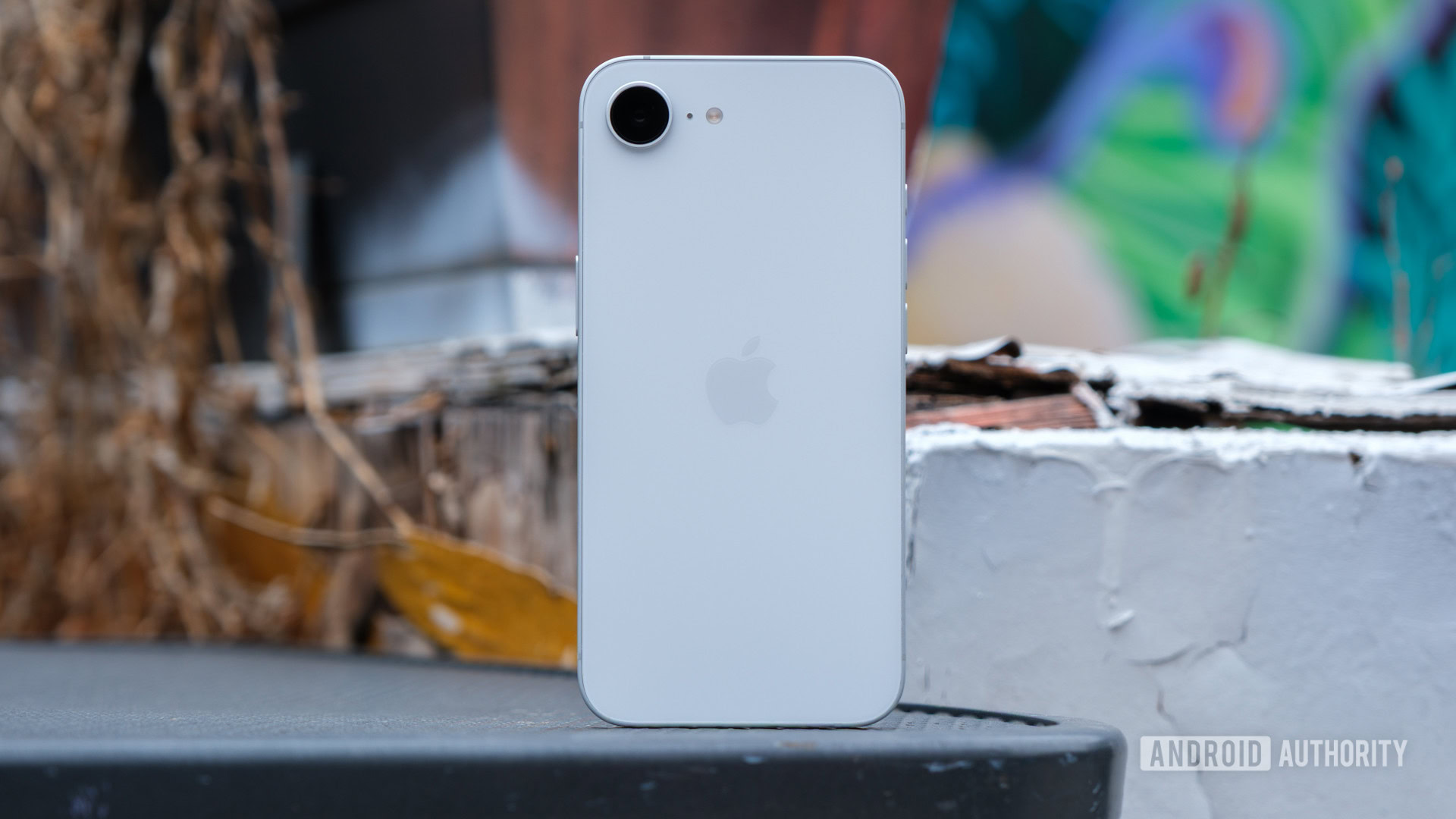





















![Apple Considers Delaying Smart Home Hub Until 2026 [Gurman]](https://www.iclarified.com/images/news/96946/96946/96946-640.jpg)
![iPhone 17 Pro Won't Feature Two-Toned Back [Gurman]](https://www.iclarified.com/images/news/96944/96944/96944-640.jpg)
![Tariffs Threaten Apple's $999 iPhone Price Point in the U.S. [Gurman]](https://www.iclarified.com/images/news/96943/96943/96943-640.jpg)
















